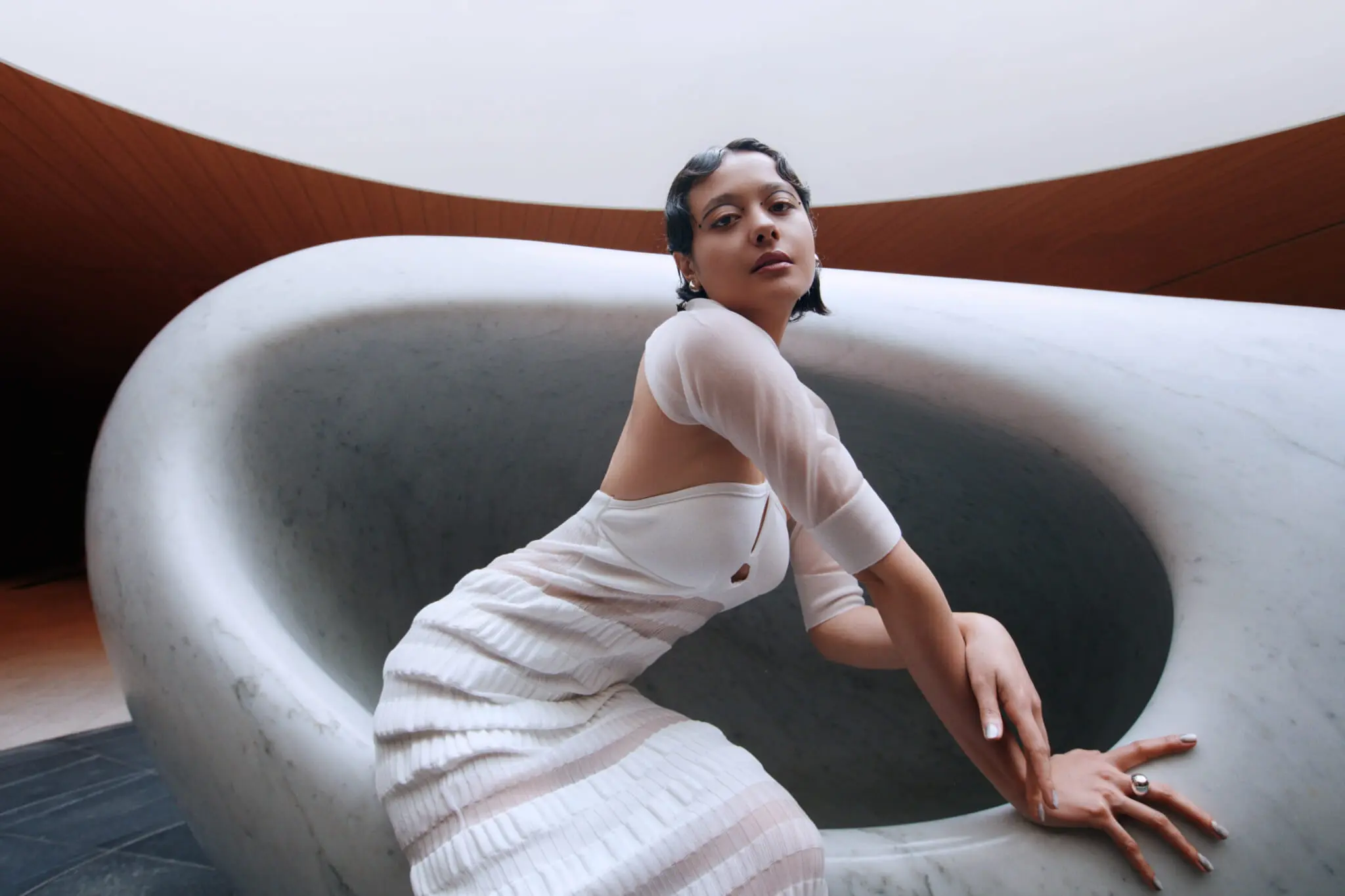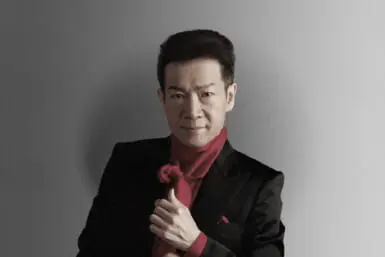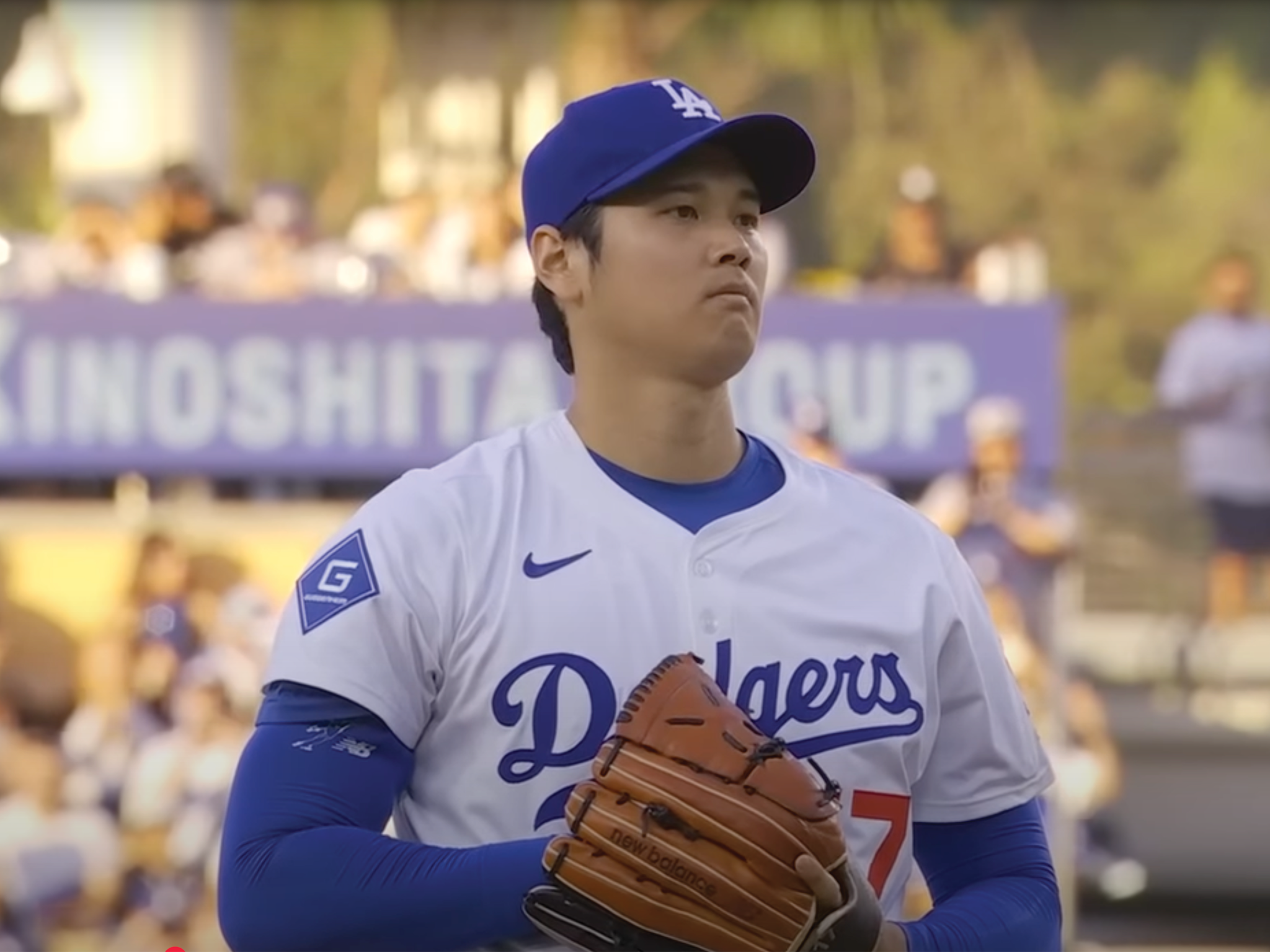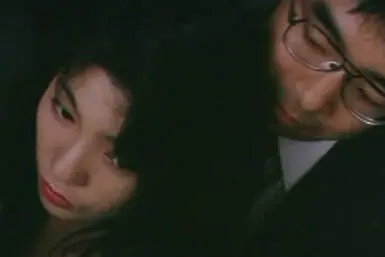Our cover star this month is fashion model and actor Alisa Urahama, who was scouted for her first photo shoot at the age of just 4. Born to a Japanese mother and an American father of Italian descent, she worked for the children’s clothing brand Familiar before making her catwalk debut in Kobe aged 15. After becoming famous as the face of Kanebo’s Allie sunscreen, Urahama appeared in several stage productions and television dramas and last year played the role of Uta in the second season of the global hit series Alice in Borderland.
In our recent interview with the Hyogo Prefecture native, we spoke about the Netflix show, her early days as a model and her struggles with an eating disorder. We began, though, by asking about the venue of the photoshoot.
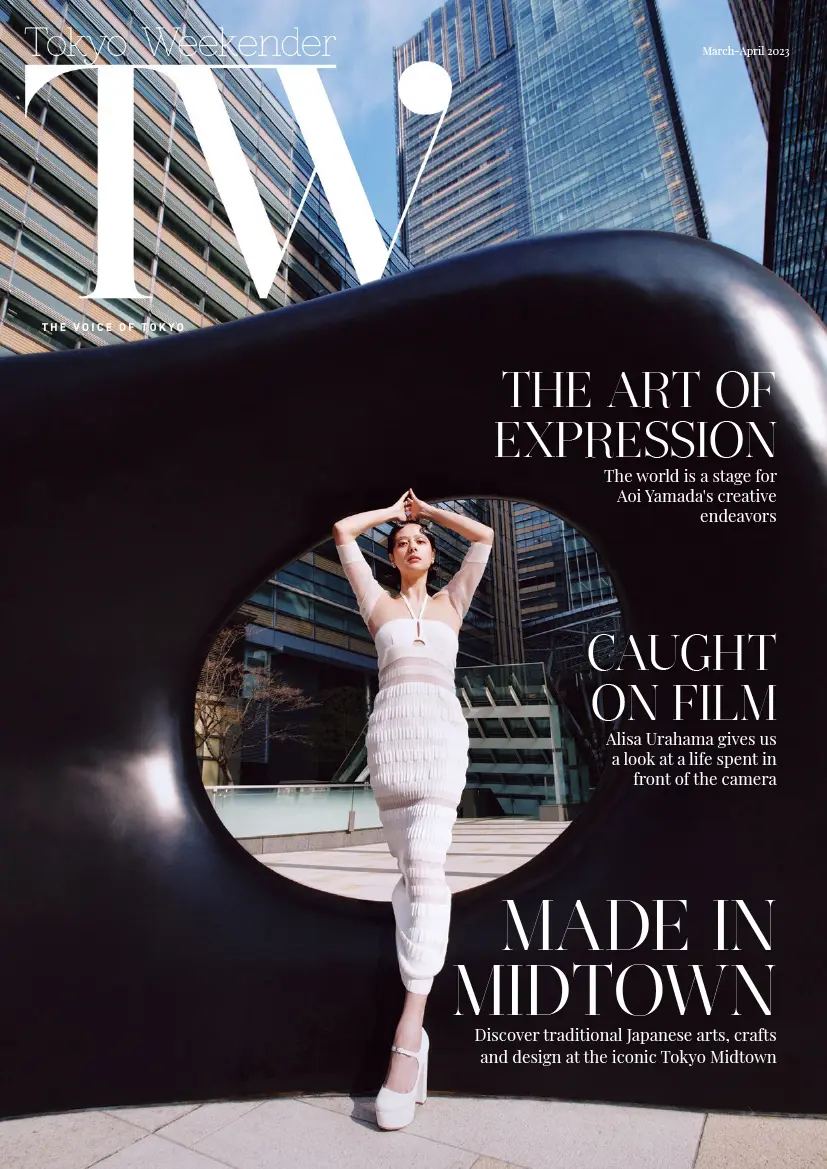
How do you feel about Tokyo Midtown?
I often go on my days off, and I’m surprised and disappointed I didn’t properly notice the public artworks until now. Being there for the shoot, I was able to see a different side of Midtown and a different side of myself. I went inside the large white sculpture (Kan Yasuda’s “Ishinki”) for the first photograph, and that’s something I’ll remember every time I pass it. I have many good memories of the complex, including seeing musicians like Alicia Keys and Crystal Kay at Billboard Live Tokyo. It’s also a great place to eat, especially the casual food court on the basement floor and the Indian restaurant Nirvana.
What do you remember about being a child model?
I don’t recall getting scouted, but I know I was walking around Shinsaibashi in Osaka with my family when it happened. The word “model” meant nothing to me then, and I didn’t see it as a job, but I knew I was in an unusual environment. I remember the strange feeling I had seeing myself on a tiny pamphlet. My parents were strict and instilled within me a sense of professionalism. It was tough, and there were many things I didn’t understand, but I’m grateful I experienced it.
What’s been the biggest challenge you’ve faced as a model?
I guess the biggest challenge was when I worked abroad in New York and Milan for a month each time. I was known to some extent in Japan, but I wanted to see how I would be judged by people who had no idea who I was. Because I was smaller in stature, I was told I needed to be skinnier. They also wanted a particular “Asian” look with black hair and straight eyes as they were no longer interested in “half” models. Returning to Japan, I did feel hurt, but I think the situation’s very different now. There’s more diversity in the industry, with a greater push for various nationalities and plus-size models.
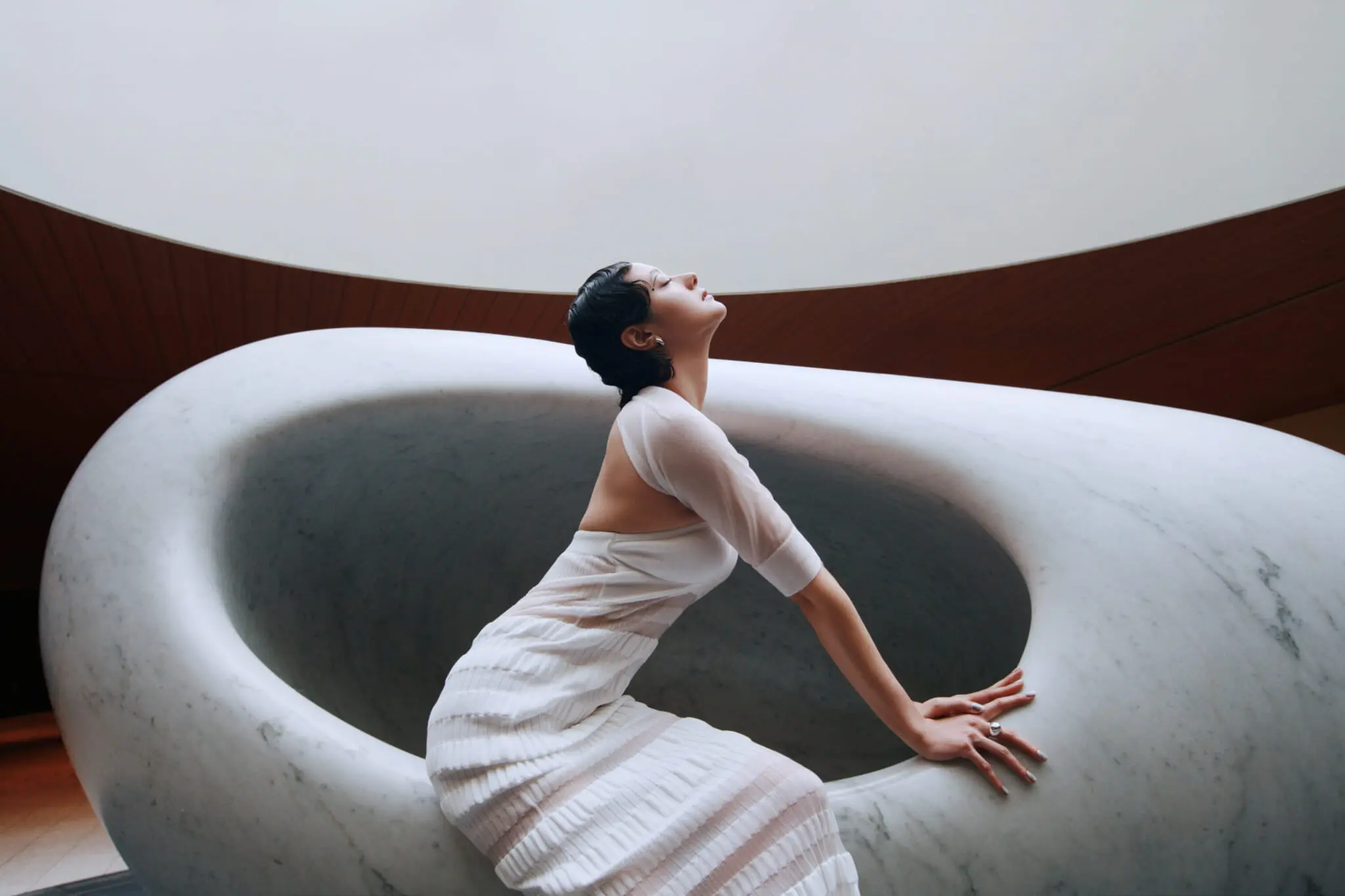
Despite these changes, models are still thought to be at an elevated risk of eating disorders. I believe you overcame one earlier in your career.
Yes, though in my case it wasn’t that severe. I had a bit of a breakdown after being told to lose weight in New York. I was in my early 20s and obsessed with the idea of grasping my dream. I became afraid of having food in my body. I’d eat bags of snacks in one sitting before vomiting. I didn’t have to go to hospital or anything as I overcame it naturally on my own, but it took me a year and a half to get rid of that habit completely. Ironically, I didn’t lose weight during that period
Do you feel there are enough support platforms for people with eating disorders and body dysmorphia in Japan?
I didn’t think there used to be, but there is a lot of help available now. The problem is that people in Japan, though not only here, are reluctant to openly share their problems with others. That hurdle of taking action is difficult to overcome. It helps when you have people in the public eye like model Marie (Pascal) speaking about these issues. She opened up about her previous eating disorder on Instagram Live and created a community in which people could voice their concerns anonymously if they wished.
You posted a handwritten letter on Instagram about having an inferiority complex. Can you tell us about that?
That was just after I had my hair cut short. Being a model, I always thought I had to conform to the standards of beauty that the world demanded, not my own tastes. That meant straightening my hair because I had a complex about my curls and keeping it long because I felt having it short wouldn’t suit me. My hairdresser persuaded me to make the change. I spent a year growing it out so I could donate the cut hair to a charity. A photographer friend then videoed me getting the chop, and I wrote down on paper how I felt when I saw it. I posted that with the video. It’s a cliché to say, but it made me realize that there was a part of me I didn’t even know existed yet.
What kind of reaction did that post get?
I received many comments from people who had similar issues to me. Some people even went to a salon with the picture of my haircut and got the same one. Others told me the post gave them courage to break away from a lifestyle that was holding them back from doing what they really wanted. We all have complexes and worries about the future, but we need to live for today. Now I’m over 30; I’m choosing to do what I want and not overthinking about where I’ll be in five years.
What would you say has been your greatest achievement as a model?
When I look at my work, there are parts I’m satisfied with and where I’ve expressed myself properly, but I’m the type of person who always thinks I could have done more. In that sense, I don’t think I’ve had what you’d call one big achievement. People have complimented me and given me maximum points for certain shoots, though I would never give myself a score of 100. If I ever reach that point, I think I’ll then be able to retire.
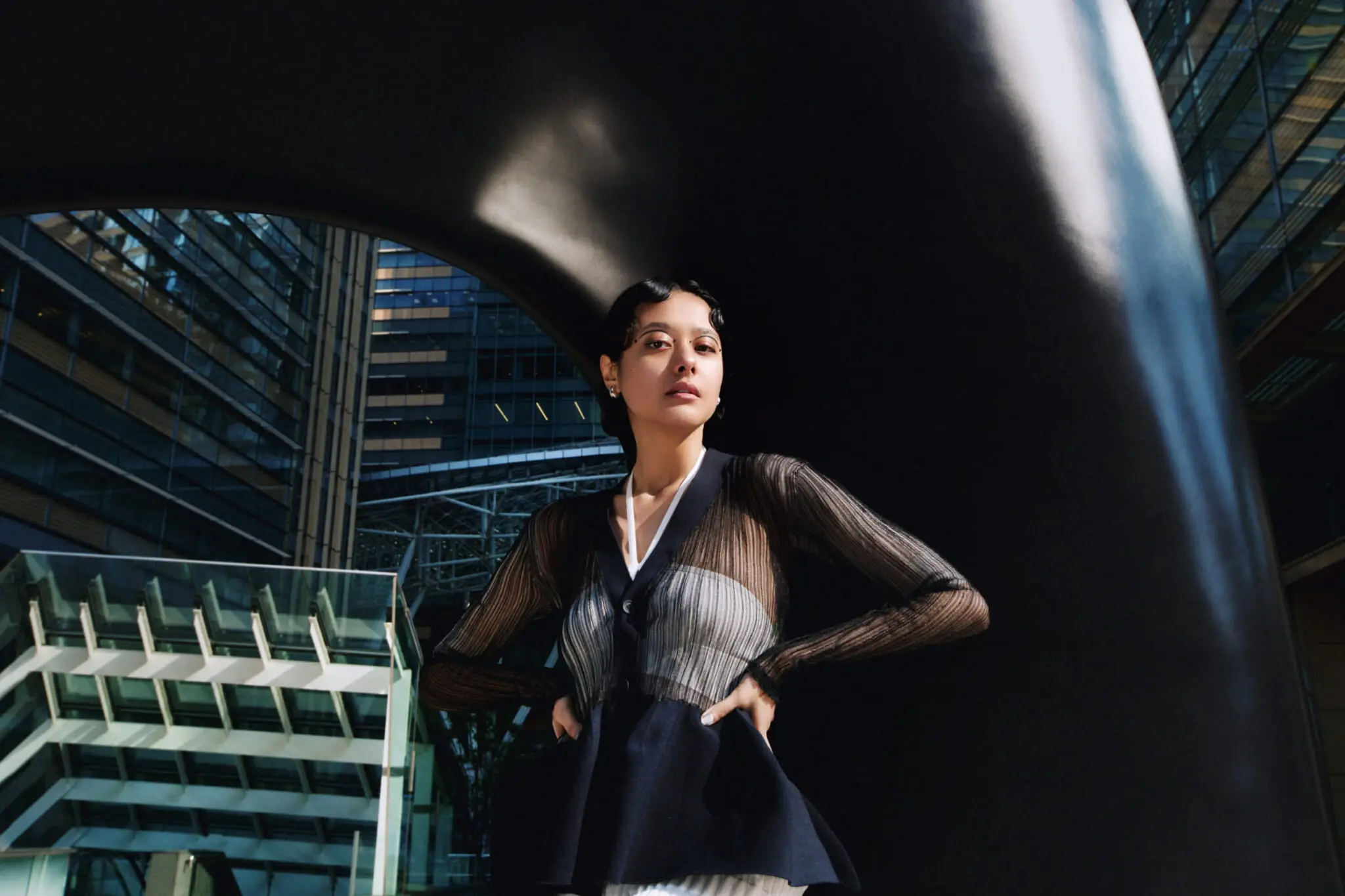
Do you prefer walking the runway or doing photoshoots?
It’s hard to compare. There’s an adrenaline rush you get on the catwalk that you don’t get in other jobs. There’s something very special about it, but it’s an ephemeral joy. Of course, with photos, while you don’t get to see the reaction of people in real time, those images can leave a lasting impression. The iconic photograph of Kate Moss wearing Supreme with a cigarette in hand, for instance, will probably remain as art long after she’s gone. I don’t think it’s likely that my pictures will have the same effect, but I’d like to leave behind as many as possible and, hopefully, in 100 years, someone will see them and say how wonderful they look.
What advice would you give to aspiring models?
With modeling now, it’s about more than just having good style and a beautiful face. I’m currently teaching a class at a training school, and we spend a lot of time discussing and debating topics even though some students are still reluctant to raise their hands because they’re shy. I want to encourage them to think about internal matters. I’m there to provide choices, not give answers, because if you stop thinking for yourself, you won’t be able to work in this field.
Is modeling very different from acting in terms of how you feel in front of the camera?
As models, we’re expected to express ourselves without using words, so that part is, of course, different, but in both fields, you are essentially acting. Whether it be in fashion shows or for magazines, I’m trying to express a certain image of a woman in accordance with a theme. I’m not the star of the show. I’m just in a position to make the clothes the star. I always thought they were very different jobs, but since entering the world of acting, I can see a strong link between the two.
How was your experience on the set of the second season of Alice in Borderland?
The main scene I was involved in was a five-on-five team fight, so I thought there might be some tension, but we all got on very well. While the heat made it tough, the staff did a great job making sure we were all fine. Our team was part of a band, and we performed at the start of episode two. I was the bassist, and it was the first time for me to play the instrument. Eishin (who played drummer Maki) and I started practicing just over three months before filming began as we needed to learn the full song. We worked very hard for that one scene, but I cherished each session.
Do you have any exciting projects coming up in 2023?
I’m not allowed to disclose any information yet, but I’ve already started filming for my next television series. As with Alice in Borderland season two, I hope this will be seen not only by people in Japan, but all over the world. I think the information will be released this summer after filming has finished, and then it will possibly premiere in autumn, though we have to wait for confirmation. Aside from that, I’m excited to see what else this year brings.
Interview and translation by Lyn Tsuchiya

